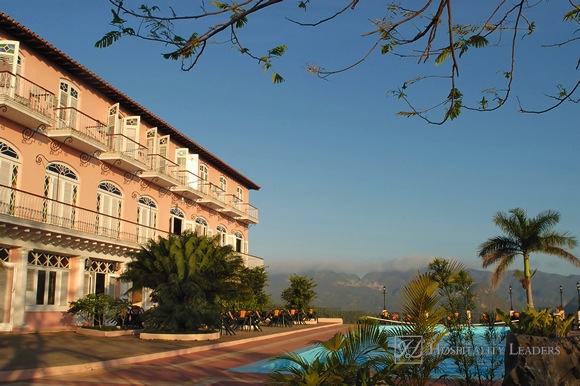
This report focuses on the UK market, however the issues highlighted apply to numerous developed markets as the market conditions, competitive characteristics, and responses are all very similar.
Richard Coates, Associate, and Ian Graham, CEO of Hotel Solutions Partnership, discuss the recent publication of PwC?s updated UK Hotels Forecast 2013 in a Q&A below.
Published in March, the report states, ?While we still anticipate overall trading declines in 2013, these falls are less sharp for London but more unfavourable for the provinces then we predicted in November. The revised forecast expects UK hotels to continue to struggle to overcome the impact of weaker demand at home and in major inbound markets.?
The combination of the international economic back group, consumer confidence, post-Olympic expectations and poor weather in the UK are all set to impact 2013 forecasts.
For the UK as a whole, PwC forecasts that Occupancy will be 72%, a decline of 0.7% on 2012. Average daily rate in 2013 will achieve ?81.77, a decline of 1.7% on the previous year and Revenue per Room will be ?59.11, also representing a decline of 2% over 2012. Over the same period capacity is forecast to increase in London by 4% and in the other UK regions by 2%.
These comments and statistics combine to form what will surely be another highly competitive year for the UK hotel industry.
Richard ? So Ian, what is your overall reaction to the report. Any surprises?
Ian:?From our work across the industry and talking with our numerous contacts, the consensus is that the report has captured the market conditions very well. Perhaps most interestingly, this report was issued just a few months following the publication of the original forecast. So whilst it is not a surprise, it is worth noting that PwC has updated a 12-month forecast after only four months. What seems to have changed is a deterioration regarding the GDP growth and currency rate forecasts. PwC?s forecast is limited to revenue, actually room revenue, and as in the earlier forecast the firm is silent on the implications on profit.
Richard ? If you were advising hotel owners / managers about how to compete in this environment, what would you be saying to them generally? What is critical?
Ian:?For me the first lesson for us and our clients is that the days of five-year strategic plans and one-year annual budgets must be consigned to the waste basket. If I were running a hotel I would limit my planning horizon to one year and would focus, focus, focus on a three-month rolling forecast. I think the eyes of a hotel owner / operator (and thus the reporting system) must be on three-month profit and cash flow. Although I am the first to accept that both profit and cash flow start with revenue generation.
In respect of RevPAR, the goal must be much more than just positive RGI index achievement. What I mean is that you also need very close management of all channel costs. Net RevPAR has to be the focus: not occupancy, not average rate, not even RevPAR, but Net RevPAR.
Excluding brand and channel costs, the big operating costs in a hotel are food, beverage, labour and energy, so these must be areas where productivity gains are prised out of the operation ? hour by hour, day by day, and week by week. Complacency and entrenched attitudes are the big enemies.
Richard ? Do you see the forecast increase in supply as a significant issue for the industry?
Ian:?PwC note that supply is going to grow by 4% in London and 2% elsewhere. At first glimpse this seems relatively small and therefore should not pose an issue. But of course for us as hoteliers, supply change is really important, particularly if:
(a) We are managing the new supply, in which case building the pipeline of demand through all ? and I mean all ? available sales channels. This must be the first part of the mission. How quickly can you get to positive MRI? Six months would be a good goal.
(b) A new property is opening around the corner from us. It?s important at all times, but in such a situation holding on to existing guests and customers becomes ever more important. That might involve making attractive pricing available to retain customers, but more likely will be about delivering, or indeed over delivering, the basics of hospitality. As our colleague Mark Godfrey has recently said: ?it?s about working closely on building an emotional connection between your staff and your customers at all brand touch points?.
Richard ? The domestic leisure performance in 2013 will be an interesting area. What are your views on that, and how can hotels get themselves in the best position for this sector?s new normal?
Ian:?With a devaluing currency, the domestic hotelier has two opportunities it seems to me; on the one hand, the UK becomes a more price competitive destination for holiday makers from neighbouring European countries than it was last year. So there is perhaps an opportunity to market to these counties. On the other hand the fact that holidays on the continent will be more expensive than last year and disposable incomes smaller also provides our own hotel industry with the opportunity to sell ?stay-vacations?.
So whilst overall disposable income is under pressure, this may be less so in some segments of the market. As with much else, marketing these days is about targeting quite small segments and putting highly customised packages in front of these customers. With today?s mobile and web-based technologies this can be done quickly, repeatedly and cheaply.
Click here to read more.

